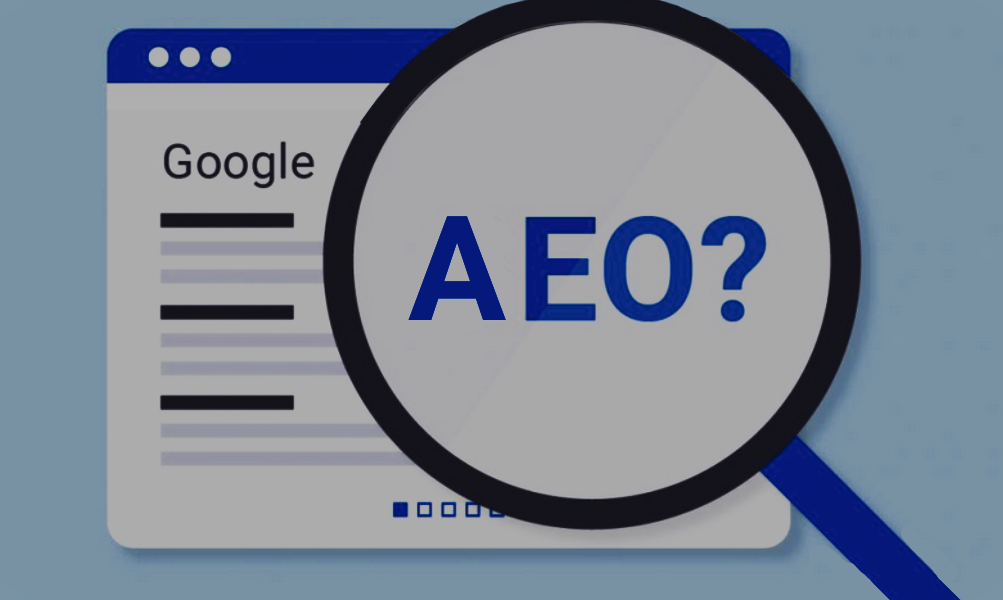Written by Ghullam Mustafa
Tuesday, June 4, 2024 at 11:52 AM
How to Implement Blockchain in Your Business. A Step-by-Step Guide . In today's digital age, businesses are constantly looking for innovative ways to streamline operations, enhance security, and improve overall efficiency.
How to Implement Blockchain in Your Business: A Step-by-Step Guide
Introduction
In today's digital age, businesses are constantly looking for innovative ways to streamline operations, enhance security, and improve overall efficiency. The rising star in the tech world these days is. Implementing blockchain technology in your business can revolutionize the way you handle transactions, protect data, and build trust with customers. This step-by-step guide will walk you through the process of integrating blockchain into your business operations successfully.
1. Understanding Blockchain Technology
Blockchain is a decentralized distributed ledger technology that securely records transactions across multiple computers Each block of data is cryptographically linked to the previous block, creating a chain of blocks. The way this structure works guarantees clear, tamper-proof, and secure record-keeping, making it a valuable tool for many businesses.
Key Concepts to Understand
- Decentralization: Eliminates the need for a central authority, empowering users to have full control over their data.
- Transparency: All transactions are visible to network participants, enhancing trust and accountability.
- Immutability: Once data is recorded on the blockchain, it cannot be altered or deleted, ensuring data integrity.
2. Identifying Use Cases for Blockchain in Your Business
Before implementing blockchain, it's essential to identify specific use cases that align with your business goals and challenges. Some common applications of blockchain include supply chain management, smart contracts, identity verification, and secure data sharing.
Examples of Use Cases
- Supply Chain Management: Enhance traceability and transparency in your supply chain by recording every transaction on the blockchain.
- Smart Contracts: Automate contract execution and eliminate the need for intermediaries by leveraging self-executing smart contracts.
- Identity Verification: Improve security and privacy by using blockchain to verify identities and authenticate users securely.
3. Selecting the Right Blockchain Platform
There are several blockchain platforms available, each with its unique features and capabilities. It's crucial to evaluate various platforms based on factors such as scalability, security, consensus mechanisms, and developer tools.
Popular Blockchain Platforms
- Ethereum: Known for its smart contract functionality and robust developer community.
- Hyperledger Fabric: Ideal for enterprise solutions requiring permissioned blockchains and privacy controls.
- Ripple: Focuses on cross-border payments and financial transactions, offering fast and cost-effective solutions.
4. Building and Testing Your Blockchain Solution
Once you've chosen the right platform, it's time to build and test your blockchain solution. Collaborate with developers, blockchain experts, and stakeholders to design a prototype, define the data structure, and implement smart contracts.
Steps to Build and Test
- Design the Architecture: Define the structure of your blockchain network, including nodes, consensus mechanisms, and data storage.
- Develop Smart Contracts: Write secure and efficient smart contracts to automate transactions and enforce business rules.
- Test Performance and Security: Conduct thorough testing to ensure the scalability, security, and reliability of your blockchain solution.
5. Deploying and Scaling Your Blockchain Solution
After thorough testing, deploy your blockchain solution in a production environment and monitor its performance. Continuous monitoring, maintenance, and scalability are essential to optimize your blockchain implementation over time.
Tips for Deployment
- Secure Network Configuration: Implement robust security measures to protect against cyber threats and unauthorized access.
- Integration with Existing Systems: Ensure seamless integration with your existing IT infrastructure and business processes.
- Scalability Strategies: Implement strategies to handle increased transaction volumes and network growth.
Conclusion
Implementing blockchain technology in your business can provide numerous benefits, from increased security and transparency to improved efficiency and customer trust. By following this step-by-step guide and leveraging the power of blockchain, you can revolutionize your business operations and stay ahead in today's competitive landscape. Embrace the potential of blockchain technology and unlock a world of possibilities for your business.
Do you have an idea to visit the Hexgen Solutions






